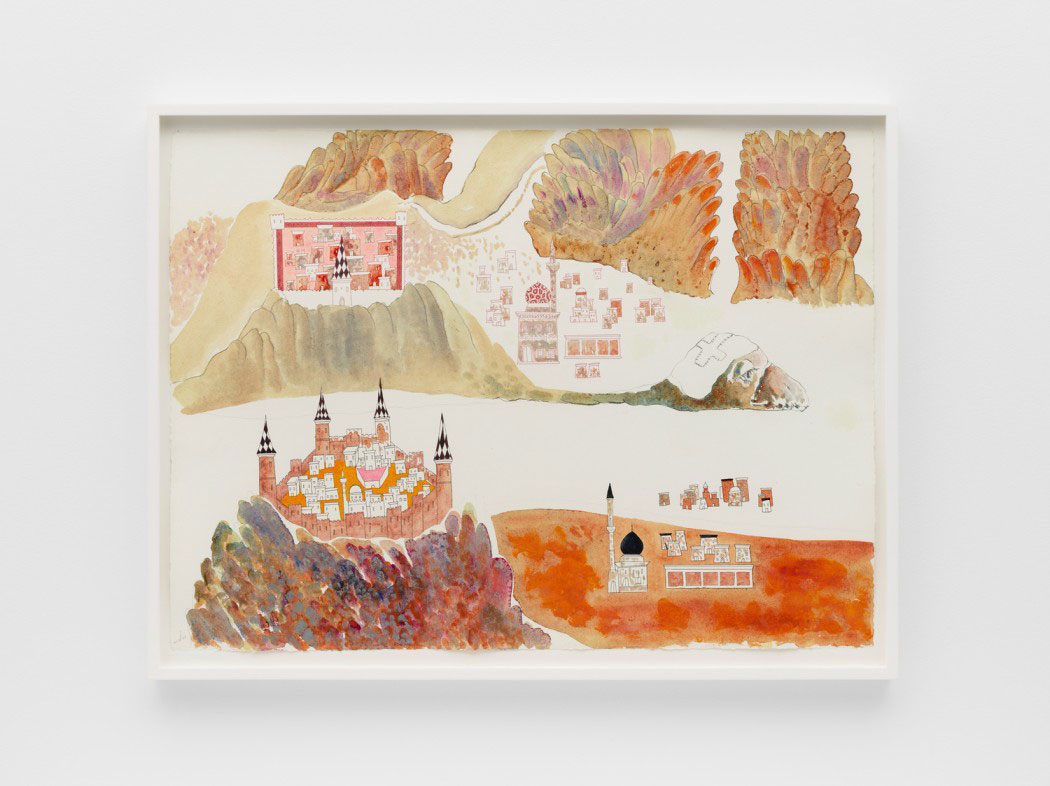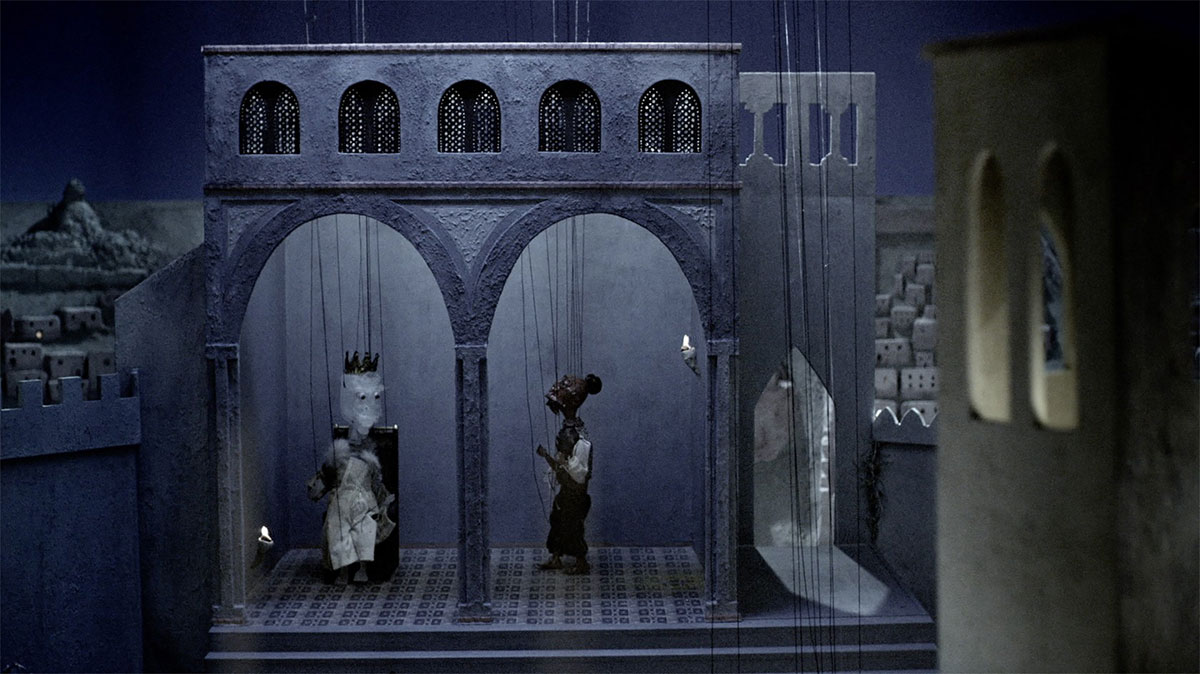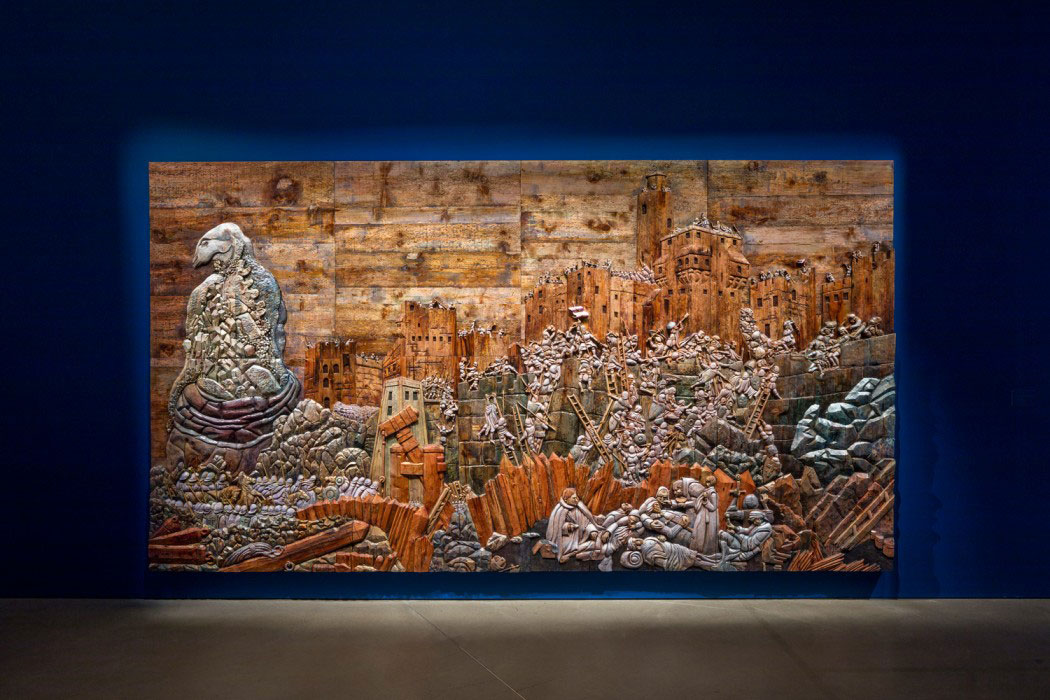PRESENTATION: Wael Shawky-Dry Culture Wet Culture
 Wael Shawky’s projects are distinctly visual, while at the same time tending to go back to accurate facts, so that they lie somewhere between fiction and historical reality. As a result, the work raises questions about historical criticism. Can history be made without prejudice? And what role does historical perspective play in the development of cultures and the formation of national identities? In addition to his work as an artist, Wael Shawky runs MASS Alexandria, the first independent studio study programme for young artists in Alexandria.
Wael Shawky’s projects are distinctly visual, while at the same time tending to go back to accurate facts, so that they lie somewhere between fiction and historical reality. As a result, the work raises questions about historical criticism. Can history be made without prejudice? And what role does historical perspective play in the development of cultures and the formation of national identities? In addition to his work as an artist, Wael Shawky runs MASS Alexandria, the first independent studio study programme for young artists in Alexandria.
By Dimitris Lempesis
Photo: M Leuven Archive
Wael Shawky’s solo exhibition “Dry Culture Wet Culture”, brings together works from different series and presents two new in-situ installation works. These are all projects in which Shawky frames contemporary culture from a historical perspective and vice versa. With the title of the exhibition, Shawky attempts to capture the characteristics and contradictions of these social evolutions in two concepts. In the development of societies, certainly in the Arab world, he sees a constant shift from a so-called “Dry Culture” (a traditional form of existence of wandering Bedouins in the dry desert) to a Wet Culture (a sedentary society based on irrigation and agriculture). In “The Gulf Project Camp”, Wael Shawky focuses on the history of the Arabian peninsula through drawings, sculptures, wood carvings, installations and an as yet unreleased film. The project aims to provide an overview of some 400 years of social evolution in the region: from nomadic migrations in the 17th century, through the establishment of American and British oil companies during the lnterwar period and the subsequent independence of the Gulf States, to the present. The installation entitled “The Wall #2” consists of a wall covered in black graphite, on which are stretched canvases that recall the tents of Berber culture. As such, the work engages in a transition between the traditional form of society of the original Arab peoples and the contemporary, industrialised and urbanised society. “Cabaret Crusades” is the title of a film trilogy that places the history of the Crusades in a new light by approaching it from an Arab perspective. Despite the tumultuous storylines and violent scenes, the films exude a magical realism and beauty. In Cabaret Crusades, Shawky combines seemingly accurate facts with a personal, artistic imagination. This mix of truth and fiction raises questions about the nature of history, and the privileged role of those who write it. Similarities with today’s geopolitical context are numerous: the civil war in Syria, the new regime in Afghanistan, or the ongoing Palestinian-Israeli conflict. Parallel to the film trilogy “Cabaret Crusades”, in “Cabaret Crusades – reliefs and drawings” Wael Shawky also makes a series of paintings, drawings and wooden reliefs depicting episodes from the history of the Crusades. Painting and drawing are the most obvious and direct media for the artist: they are the disciplines in which he was trained as a student at the Alexandria Academy. For the wooden reliefs, just as for the glass marionettes in the film, Shawky works with experienced craftsmen from the Italian region of Veneta.
In “The Cave”, Wael Shawky has himself filmed walking through a supermarket and reciting a specific chapter or surah from the Koran by heart: Surah AI-Kahf, or the surah of The Cave. That surah consists of several stories, but the most essential is that of the “Companions of the Cave”. In it, a number of men escape from a tyrant by hiding in a cave and sleeping there for 309 years until a better ruler emerges. Shawky sees the companions’ centuries-long sleep and their subsequent awakening as a form of migration: a transition through time and state of mind. The theme of migration appears repeatedly in the surah, which was originally intended to convince the Prophet Muhammad to undertake a journey from Mecca to Medina. Wael Shawky filmed three versions of “The Cave”,, each time in a supermarket in a city where he was staying temporarily: in Istanbul (2004), in Hamburg (2005), and in Amsterdam (2005). This link with Shawky’s own biography, as well as the explicit portrayal of the artist himself, makes The Cave a kind of self-portrait. “Al Araba Al Madfuna III” was filmed in the temples of Seti the First and Osirion in the archeological city of Abydos in Upper Egypt, nowadays the village of Al Araba Al Madfuna. This last part of the trilogy is inspired by Mohamed Mostagab’s short story “Sunflower” and by the artist’s journey in 2014 in the region, where he met local people looking to find secrets of their ancestors. Observing people digging trying to make tunnels underground to reach the kings’ treasures, the artist explores the relationship between the metaphysical and the real, told in the writing of Mostagab and experienced in daily life of the people in Al Araba Al Madfuna. Shawky’s film “Al Araba Al Madfuna II“, re-tells Egyptian novelist Mohamed Mustagab’s parables, “Horsemen Adore Perfume” and “The Offering”. By using children with their speech dubbed by adult voices, to enact the stories, Shawky leaves an open-ended interpretation to the work. Wael Shawky explains: “Mustagab is interested in narrating tales mainly from villages from upper Egypt. He mixes religion and life to create stories that seem believable, but you know are mythical. His language establishes a link between metaphysics and physics”. The film “Al Araba Al Madfuna” restages the story of a local shaman in Al Araba Al Madfuna that tells the anecdote of a man entering the assembly room of the borough of the vilage, carrying a lantern and revealing a secret that is to be found under the carpet in the center of the room. In the film, the children surround the carpet and act out the story, In this work, history, memory and myth collide and placed in a binary relationship in which memory can be seen as a less legitimate means of establishing the past, or conversely, history can be seen, as the destroyer of a more authentic, existentially rich, living memory.
Photo: Wael Shawky, Cabaret Crusades: Drawing #602, 2021, Graphite, Ink, oil, mixed media on cotton paper 57.2 x 76.2 cm 22 1/2 x 30 in, © Wael Shawky, Courtesy the artist and M Leuven
Info: Curator: Valerie Verhack, M Leuven, Vanderkelenstraat 28, Leuven, Belgium, Duration: 11/3-28/8/2022, Days & Hours: Mon-Tue & Fri-Sun 11:00-18:00, Thu 11:00-22:00, www.mleuven.be










